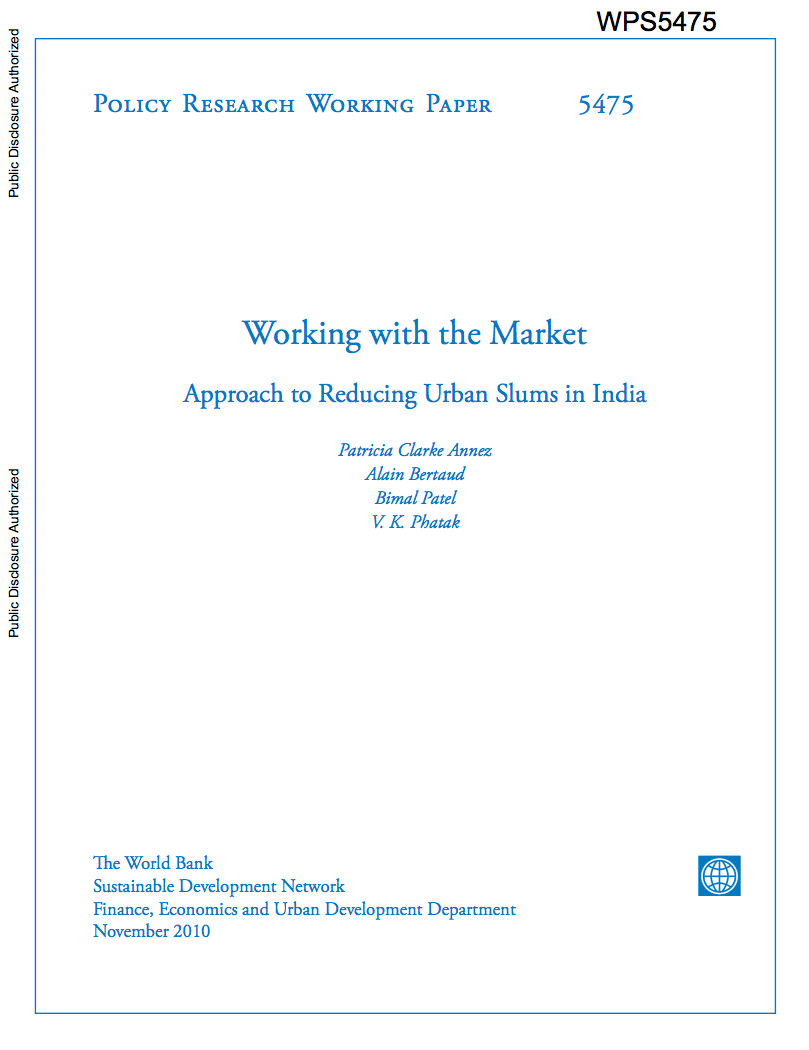Can Social Safety Nets Alleviate Seasonal Deprivation? Evidence from Northwest Bangladesh
This paper examines the role of social
safety-net programs in Bangladesh run by the government and
nongovernmental organizations to mitigate seasonal
deprivation in the country's highly vulnerable
northwest region. Specifically, the paper explores whether
social safety nets are limited to averting seasonal
deprivation or can also address seasonality of income and
employment more generally. Using a recent survey from the


